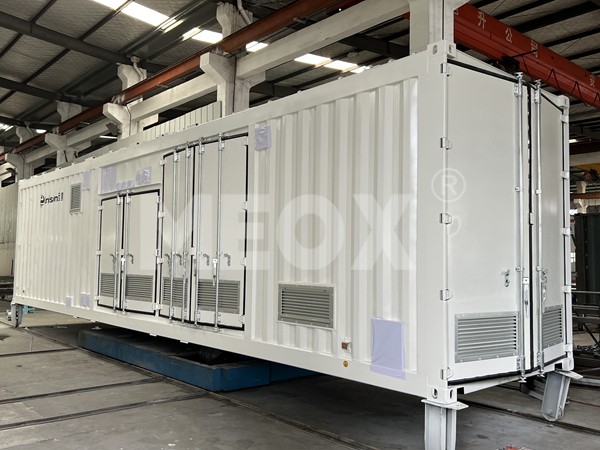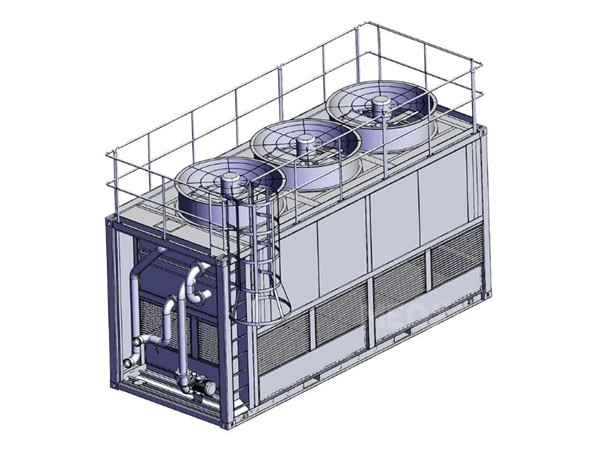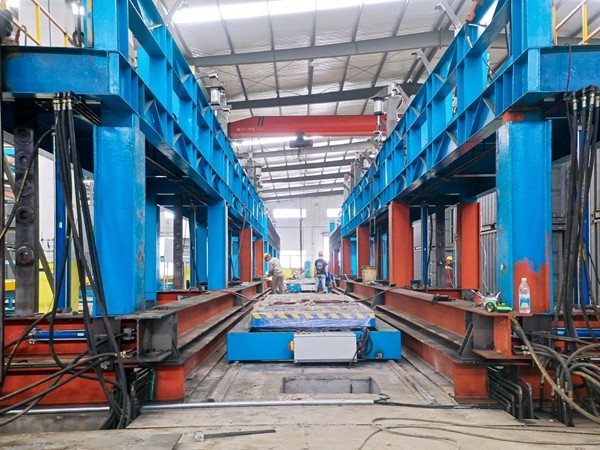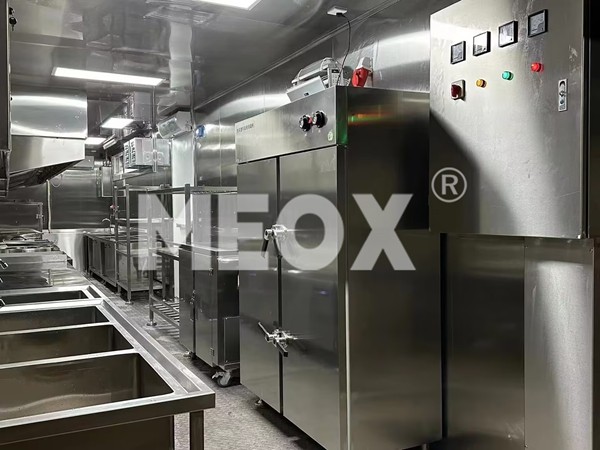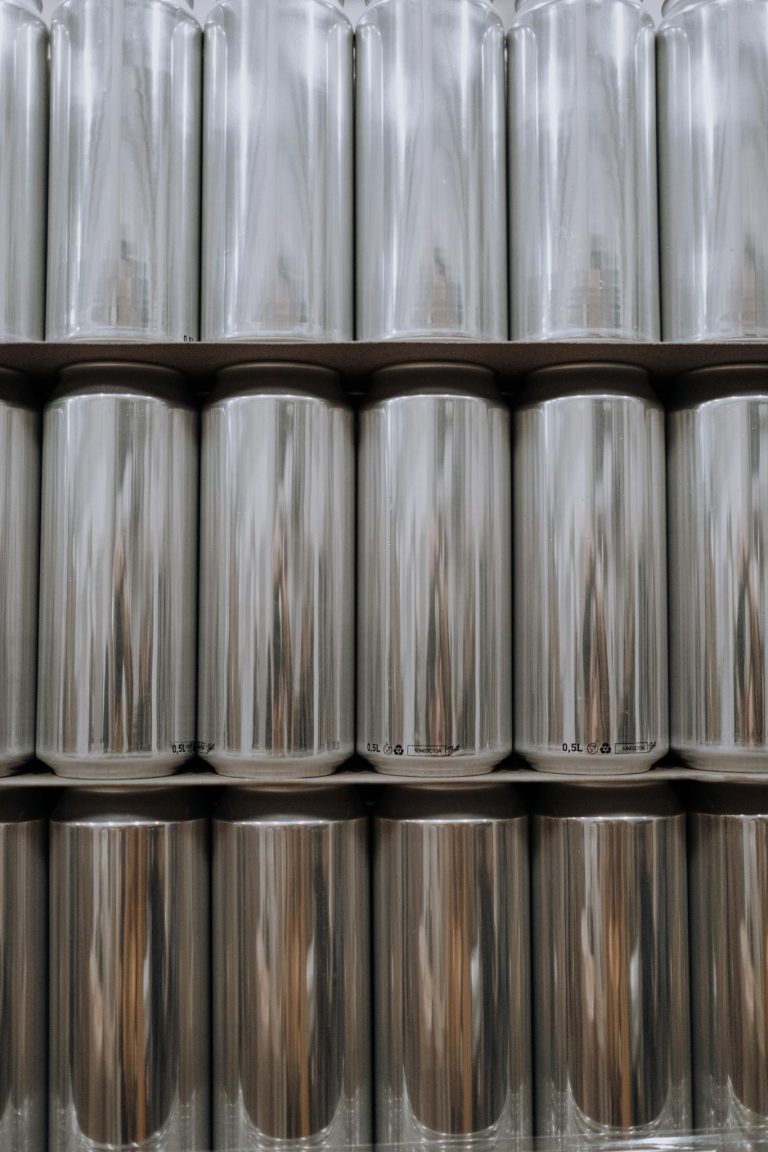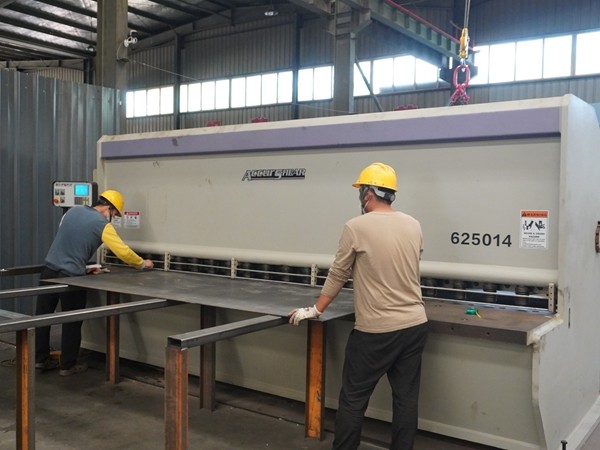Hydroponic shipping container farms are revolutionizing the agricultural landscape by providing an innovative solution to urban farming. This sustainable approach uses repurposed shipping containers to create a controlled environment where plants can grow without soil, utilizing hydroponic systems. While the concept is gaining popularity for its efficiency and potential to overcome urban space limitations, understanding the underlying costs is crucial for businesses or individuals considering this new farming venture.
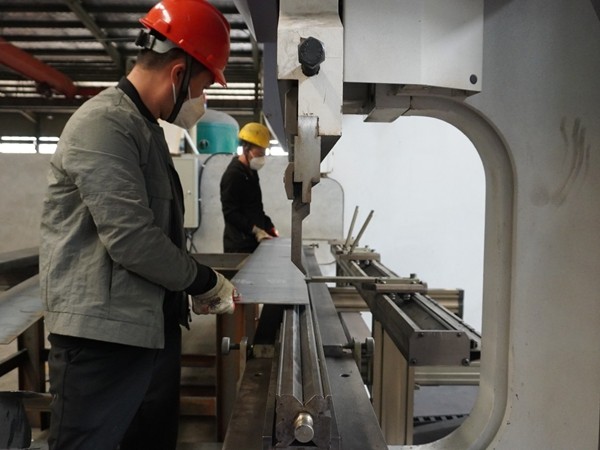
The initial investment for a hydroponic shipping container farm varies significantly based on the size, complexity, and customization of the setup. On average, a fully equipped container farm can cost between $50,000 to $100,000. This price range typically includes the purchase of the shipping container, the installation of a complete hydroponic system, lighting, climate control, monitoring equipment, and initial plant stock. However, costs can escalate quickly with the addition of advanced technologies or higher-grade materials.
One of the primary components contributing to the cost is the hydroponic system itself. The system can range from basic nutrient film techniques (NFT) to more complex aeroponic systems, each with varying costs. NFT systems, which continuously flow nutrient solutions over plant roots, are generally more cost-effective, while aeroponic systems, known for delivering nutrients in a mist form, offer higher yields but at a premium price.
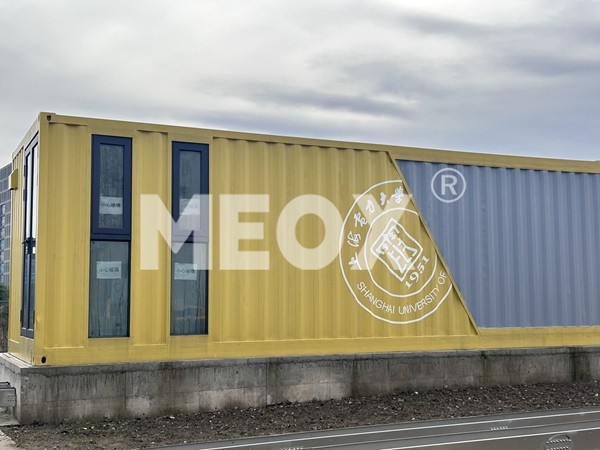
Climate control is another significant factor. A successful hydroponic farm depends on maintaining an optimal environment for plant growth, which includes managing temperature, humidity, and CO2 levels. High-quality HVAC systems and insulation can add thousands to the initial investment but are crucial for ensuring consistent production regardless of external weather conditions.
Lighting also plays a pivotal role in plant growth within a container farm. LED grow lights, preferred for their efficiency and long life, are the industry standard, but they come with a hefty price tag. The cost of lighting can vary depending on the scale of the operation and the types of plants being cultivated, factoring in both the purchase and the ongoing energy expenses.hydroponic shipping container farm cost
Operational costs such as utilities, seeds, nutrients, and labor must also be considered when calculating the overall expenditure. Although hydroponic systems are designed to be resource-efficient, including reduced water usage, electricity consumption for lighting and climate control can be substantial.
Additionally, the expertise required to manage a hydroponic system effectively cannot be underestimated. While automation and monitoring systems can alleviate some daily tasks, they require knowledgeable personnel to interpret data and make informed decisions. Hiring or training skilled staff contributes to operational expenses but is vital for maximizing yield and ensuring production remains uninterrupted.
Despite the initial and ongoing costs, the benefits of hydroponic shipping container farms can outweigh the expenses, particularly in urban areas where arable land is scarce or prohibitively expensive. These farms offer local and fresh produce year-round, drastically reducing the carbon footprint associated with transportation. They also allow for scaling businesses that can meet the growing consumer demand for sustainable and locally sourced food.
An investment in hydroponic shipping container farms is an investment in the future of urban agriculture. The costs, while initially high, pave the way for a sustainable and efficient farming model that meets modern needs. For decision-makers considering this venture, weighing the costs against the environmental benefits and market potential is essential. Through careful planning and execution, a hydroponic shipping container farm can be both a financially and socially rewarding enterprise.

